HIGHLIGHTS
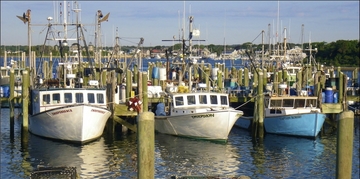 NOAA, BOEM, and Fishing Industry Sign New Memorandum of Understanding
Offshore wind energy development has the potential to impact fisheries resources, habitat, fishing communities, and protected resources. NOAA Fisheries and the Bureau of Ocean Energy Management are partnering with the commercial fishing industry to better understand these potential impacts and to integrate fishing industry perspectives into offshore energy development.
 New Storymap: Habitat Science Supports Fisheries
From the sand and sediment on the ocean bottom, to the forests of underwater vegetation and corals, to the water itself, healthy habitats provide the foundation for economically vital fisheries as well as a wide array of marine life along our coasts. Learn what NOAA Fisheries is doing to better understand the role habitat plays in our nation’s fisheries in this new storymap.
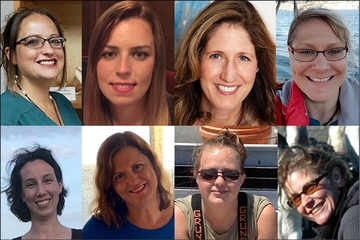 Women Leaders in Electronic Technologies
Developing electronic monitoring and electronic reporting technologies support science-based management decisions in commercial and recreational fisheries across the country. This year, in celebration of Women’s History Month, we are highlighting eight women leaders in electronic technologies.
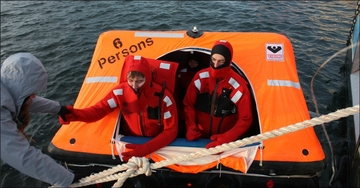 Marine Safety Instructor Training Supports Observers
Fishery observers and at-sea monitors are our eyes and ears on the water. The data they collect from U.S. commercial fishing and processing vessels, as well as from shore-side processing plants, are critical to sustainable fisheries management. The National Observer Program is dedicated to keeping our observers and at-sea monitors as safe as possible in unpredictable circumstances while deployed in the field. Observer safety workshops ensure high training standards across all regional observer safety programs.
Alaska
 How Fishery Observers Collect Seabird Data
Observers deployed by the North Pacific, Pacific Islands, and At-Sea Hake Observer Programs collect seabird bycatch, a valuable source of data for seabird management. NOAA’s National Seabird Program works with the nonprofit organization Oikonos to conduct seabird necropsies.
West Coast
 White Abalone Permit – Open for Public Comment
By April 15, please submit your comments on the Southwest Fisheries Science Center’s application for a 5-year enhancement permit to take larval, juvenile, and adult white abalone in California. Researchers plan to experimentally outplant white abalone along the southern California coast to learn more about methods of increasing the population. White abalone are one of NOAA Fisheries’ Species in the Spotlight.
Southeast
Council Seeks Rec Reporting Outreach Specialist
The South Atlantic Fishery Management Council, headquartered in North Charleston, South Carolina, seeks to recruit a Recreational Reporting Outreach Specialist to develop outreach and educational materials around electronic recreational reporting. Applications are due April 8.
Greater Atlantic
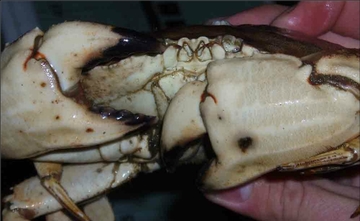 Proposed Jonah Crab Measures – Open for Comment
By April 22, please submit your comments on proposed measures for the Jonah crab fishery that complement the Atlantic States Marine Fisheries Commission’s Interstate Fishery Management Plan for Jonah Crab.
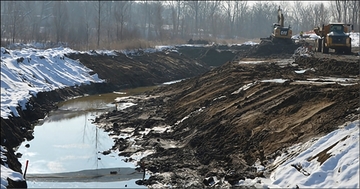 Michigan Creek Dam Removal Clears Way for Fish
Part of a larger effort to restore Michigan’s Kalamazoo River after hazardous waste contamination, the removal of Alcott Dam on Kalamazoo tributary Portage Creek opened an additional 1.5 miles of habitat to fish. Supported by NOAA and other natural resource trustees, the project also restored habitat in and along Portage Creek.
 Women’s History Month Featured Interviews
During March, Women’s History Month, the Northeast Fisheries Science Center is conducting a series of interviews with women scientists about their science journeys. Meet Lisa Colburn, an anthropologist at the Woods Hole Lab, and Holly McBride, an IT specialist in the Data Management division.
|